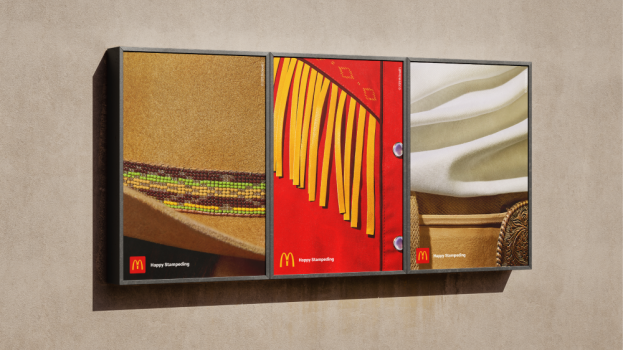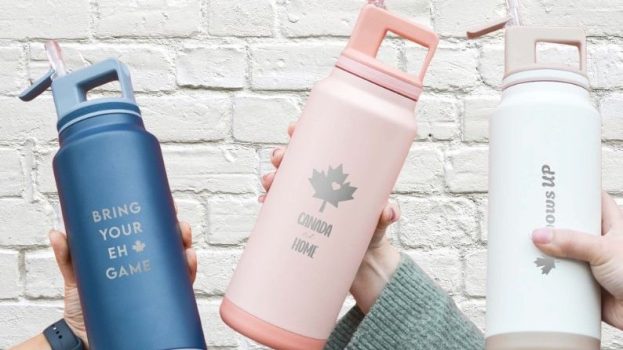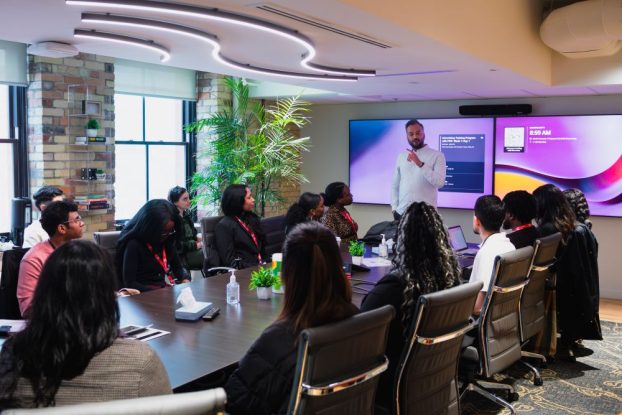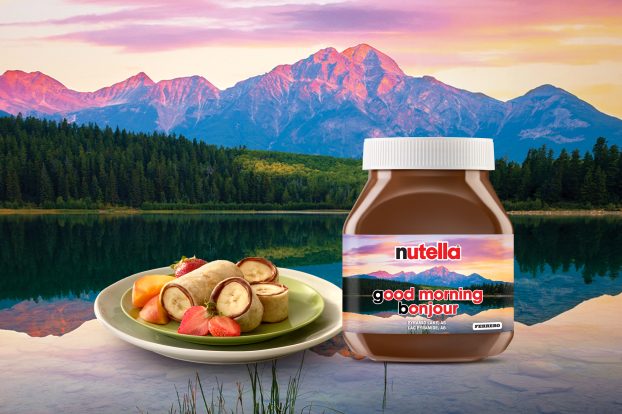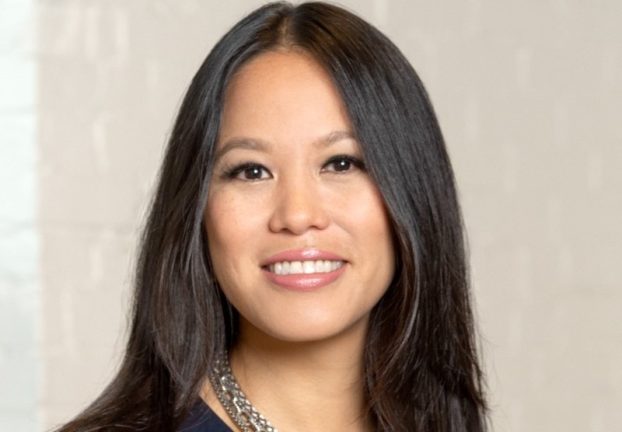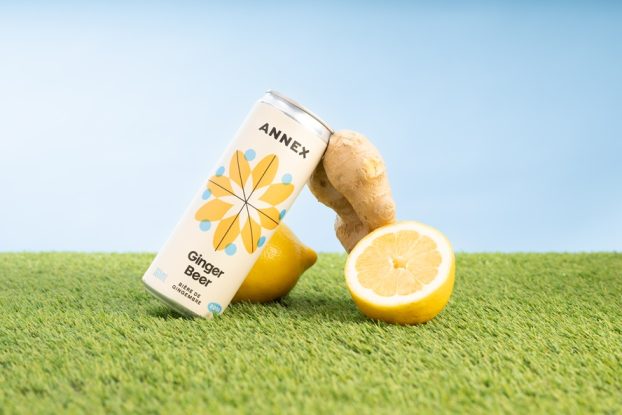Good experiential sampling campaigns are a great way to drive awareness and grow your brand. They offer a mechanism for trial that puts your product directly in the hands of your targeted consumer and, when done correctly, you can create an interactive and memorable experience that will generate loyalty.
If experiential sampling campaigns aren’t done correctly, if the firm cuts corners on recruiting or training, the quality of the consumer’s brand experience greatly diminishes. Or, even worse, if your consumer has a negative experience with a representative of your brand, they are unlikely to be forgiving the next time they are in-store and presented with alternative purchase options.
Recently I encountered a promotional team for Keri lotion on Granville Street in Vancouver; the girl handed me three samples of Keri lotion as I walked by. Not a word, not a smile, just three samples hastily put in my hand. What is Keri lotion? What makes it special? Why should I buy it? I have no idea.
This is what I would call an unbrand experience. There was a person in plain clothes with small Keri logos and she had samples, but she definitely had no enthusiasm for this product.
To top it off she was giving away more than one sample, which translates to a total waste of the client’s money. If a client is paying for such a campaign, they deserve to have every sample they invest in go to a different person. If not, how do they know how many consumers they actually reached with the program?
For example, it cost Keri three times as much to reach me because I got three samples when one would have been enough. At the end of the program, it will look like the Keri team reached a lot of consumers, due to sampling duplication.
In this case, Keri’s money would be better spent on direct mail. Since they are missing out on the opportunity to actually engage folks, they would be better off to mail samples to their target market and not waste money on duplication or labour.
The worst example of sample duplication I’ve ever seen was last year at the Toronto Santa Claus Parade. There were stacks of plain boxes filled with soup samples, and plain-clothed people, with nothing more than a branded apron, were encouraging people to take as many as they could carry. One consumer left with an entire box of product.
Consumers who interact with representatives should at least hear the product name along with a key brand message. Where possible, reps should engage consumers and communicate the product’s benefits and its differentiating features. They should emulate the brand image portrayed in other media and really make the connection for consumers out on the street.
The great thing about experiential marketing campaigns is that they give you a method of breaking through the media clutter and actually opening up a two-way dialogue with your consumers. If you don’t take advantage of this chance to talk and listen to your consumer, you are missing a huge opportunity.
Good representatives should also be trained to solicit people on the spot for their true opinions about the product. What other medium can actually provide you with direct feedback from your consumers?
Another example of a poor sampling campaign is the Kool-Aid Jammers team I chanced upon at the Royal Ontario Museum last month. Although there were tents and tables, there was little signage and it certainly didn’t turn any heads. Here I was offered one free sample from a fellow in his mid-30s, wearing ordinary clothes, in front of a place that attracts many more adults than kids.
Now there are plenty of problems with this scenario, but the biggest problem is with the chosen representative. This man in no way emulated the Kool-Aid Jammers brand. How cool do you think your product will look to kids if they are approached by an ordinary older man, who they cannot relate to at all? Those kids are going to associate your brand with the uncool image this guy gives off.
Kids want to interact with representatives who are hip. Kids aspire to be a little older, like in their late teens/early 20s- not mid-30s. When looking for representatives, uniforms, vehicles and anything else to do with the campaign, you must think about what is aspirational for the target market.
Reps should be wearing clothes the target wants to wear. They should be driving a vehicle the target wants to drive. Representatives should be the human incarnation of your brand. If they aren’t, then you aren’t working it right.
We’ve used this approach with our Vanilla Coke sampling campaign where the gear reflected the persona of the brand.
To find the right representatives you must be constantly recruiting. You should have a bustling HR department hunting down the right A-type personalities it takes to promote your brand. When you are interviewing potential reps, make them give you a demo on the spot. Get them to stand up and promote something to you for a couple of minutes. See what they can do on the fly.
Finally, reps need to be committed to your business and the goals of the program. If they’re not, you’re wasting your time and money. Warm bodies unloading samples will not help your brand.
David Nichols is VP business development and a founder of Vancouver-based Inventa, which also has offices in Toronto and Montreal. He can be reached at david@inventaworld.com.


